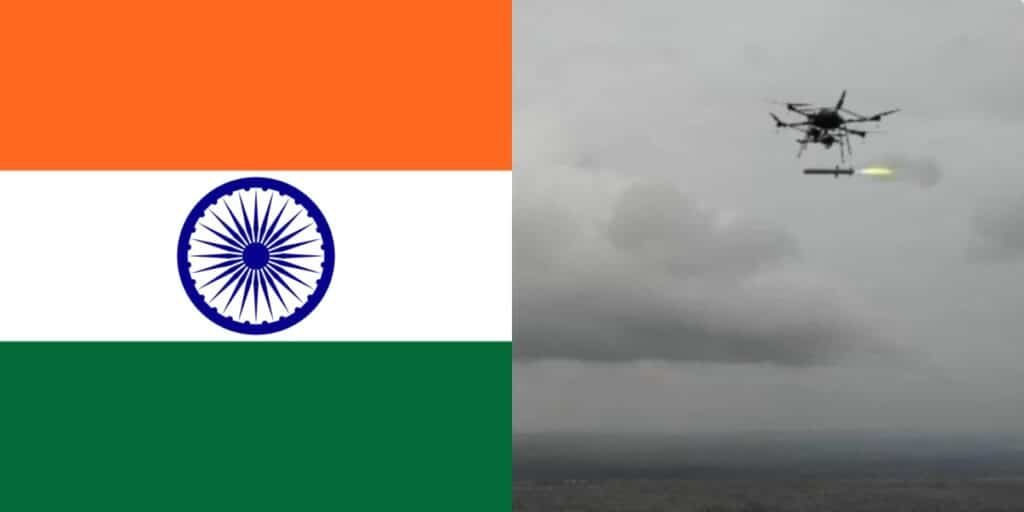WEBDESK: India has carried out a successful test of the ULPGM-V3, a new India’s drone launched precision missile, at the National Open Area Range (NOAR) in Kurnool, Andhra Pradesh. The missile was developed by the Defence Research and Development Organisation (DRDO).
But behind the headlines, India’s drone programme is revealing a deeper and more troubling shift in military thinking.
The missile is part of an unmanned aerial vehicle (UAV), which demonstrates India as a country with the tendency to abandon conventional combat capabilities and focus more on precision long-range strikes that are executed by drones. It is not a mere technical feat it is definitely an indication of military escalation especially within the scope of future war with Pakistan.
This shift occurs after brutal Indian defeat in the Operation Sindoor, which happened in May 2025, when Pakistani fighters downed multiple Indian airplanes, even including advanced Rafales. The operation ill damaged the military image of India.
To counter this, the drone policy by India seems to be one create not to undergo air confrontation. With such investments, in systems such as the ULPGM-V3, India can strike targets, but no lives of the pilots are lost–nor do it suffer so much politically.
The missile is said to be equipped with imaging-infrared (IIR) seekers and a light-skinned body which makes it suitable for UAV integration. Precise cross border strike attack takes India’s drone weapons ideal, Deniable, Delayable, Disownable attack features.
From New Delhi’s view, India’s drone programme offers strategic benefits: low cost, reduced accountability, and the ability to strike without warning. This is war conducted remotely—silent, deadly, and with fewer consequences.
Even more worrying is the political calculation behind this shift. After the failures of Operation Sindoor, the Modi government and RSS are using defence headlines to distract from domestic discontent. Military aggression and nationalism are being used to rebuild lost credibility.
For the ruling BJP, war rhetoric is more than policy it’s political survival. And, when the antiaircraft drone defense system such as the ULPGM-V3 in use by India continues to advance and become even more combat-ready, the region transits to one step closer to another fatal confrontation.
Read more: Bengali Muslim migrants targeted under Modi rule for speaking their language






